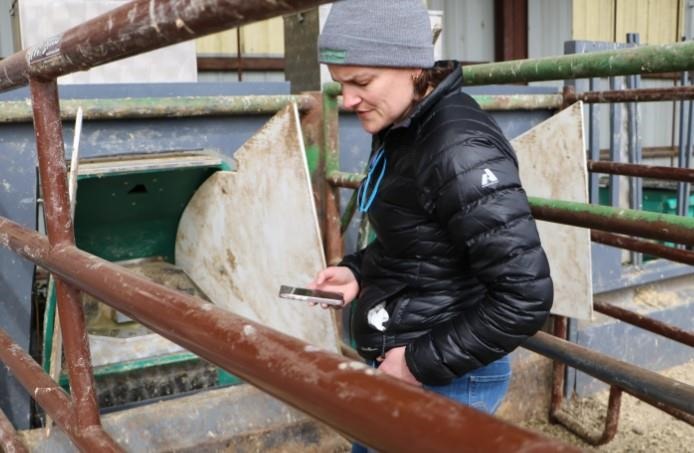By James Mitchell
USDA’s World Agricultural Outlook Board (WAOB) publishes the monthly World Agricultural Supply and Demand Estimates (WASDE) report. The report contains domestic and international supply and use forecasts for most crops and livestock products. USDA will update its monthly forecasts as more information about relevant supply and demand fundamentals becomes available. Tracking forecast updates and revisions from one report to the next provides a valuable perspective from USDA about what is impacting current and future crop and livestock production.

The graph above shows commercial beef production for the current cattle cycle (blue line). The chart also includes beef production forecasts from the January (green line) and April (red line) WASDE reports. The most recent report for April forecasts 2023 beef production at 26.84 billion pounds, a 5.3% decline compared to 2022 production. Notice how the April forecast reflects an upward adjustment from USDA’s earlier forecast in January. In the January WASDE, USDA forecasted 2023 beef production at 26.51 billion pounds, a 6.5% decline compared to last year’s beef production. The forecast adjustment from January to April WASDE is 330 million pounds of commercial beef production. This adjustment changes the year-over-year percent decline in beef production from 6.5% to 5.3%. Either estimate, if realized, would be a significant decline in beef production.
A natural question to ask is, why has USDA adjusted 2023 beef production upward? One explanation is to allow for the possibility of lingering drought impacts. Despite cattle inventories that have been in decline since 2019, last year’s drought pushed 2022 beef production to record levels. In 2022, beef cow and heifer slaughter were both elevated because of drought. Beef cow slaughter finished last year at 11% higher, and heifer slaughter was 5% higher.